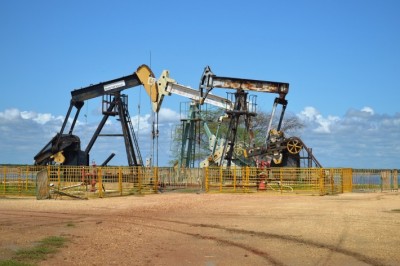An Introduction to Coal Mining
Coal is a resource produced deep within the earth over millions of years, and mined for the energy stored within it. Coal is a fossil fuel, meaning it formed from the remains of organic matter which was subjected to intense heat and pressure from mounting dirt and rocks as it slowly became compressed deeper and deeper within the earth. Different types of fossil fuels form from the remains of different types of organic matter, and coal is derived from ancient plants that died in swamps and wetlands in prehistoric times. The United States possesses the largest known coal reserves in the world. Today, we mine coal from the earth and use a majority for generating electricity and in the production of steel. We also use the byproducts of coal in various industries and export some to other countries. Coal miners extract coal from underground using a few different methods, depending largely on the depth at which a coal reserve is contained within the earth. While some coal reserves are mined from depths of up to a thousand feet, there also exist shallow reserves which can be more readily reached and mined by less elaborate operations. The two main methods of coal mining are surface mining and underground mining, each of which is examined below: -Surface Mining: A majority of coal reserves in the U.S. are located relatively near the earths surface, making surface mining possible. Surface mining is preferred to underground mining due to lower cost, but the mining method used is largely dependent upon the coals underground depth and economic factors. Surface mining involves utilizing large machinery to remove topsoil and underlying rock layers to access beds of coal which are located less than two hundred feet underground. -Underground Mining: Mining of coal that is buried hundreds of feet below the surface of the earth involves more elaborate mining techniques than shallower reserves. Underground mines consist of a series of shafts (or tunnels) and roadways that are created to allow coal miners and equipment to reach the coal reserves deep underground. Once underground, miners use machines to remove the coal. After coal is mined from the earth, it must be processed for removal of excess material such as dirt, rock, sulfur and other material to optimize its value. Coal excavation sites often have processing plants located on site, which prepare the coal for shipment to market. After processing, coal is shipped via train, truck, barge or other vessel, or is sometimes mixed with water and shipped by pipeline. About the Author: Bob Jent is the CEO of Western Pipeline Corporation. Western Pipeline Corp specializes in identifying, acquiring and developing existing, producing reserves on behalf of its individual clients.






















